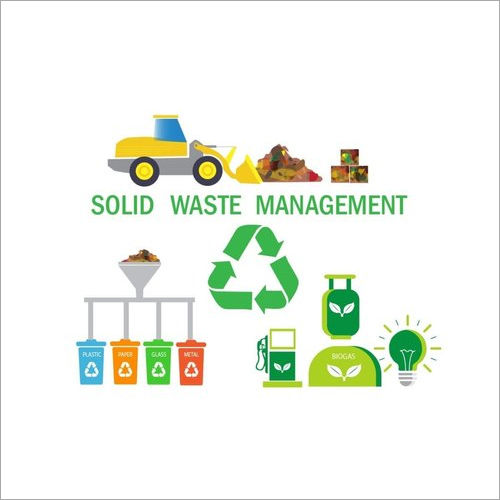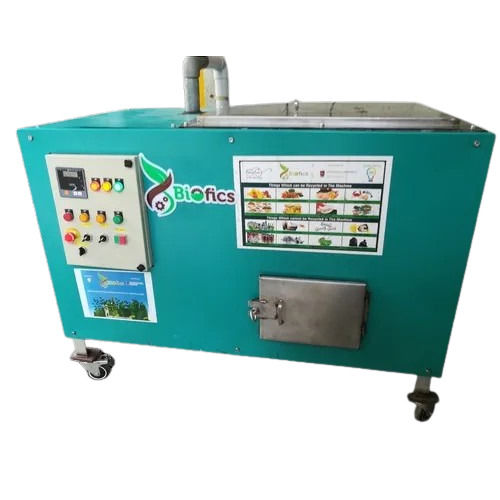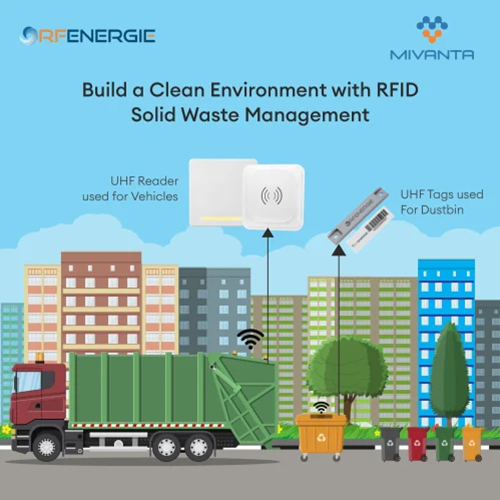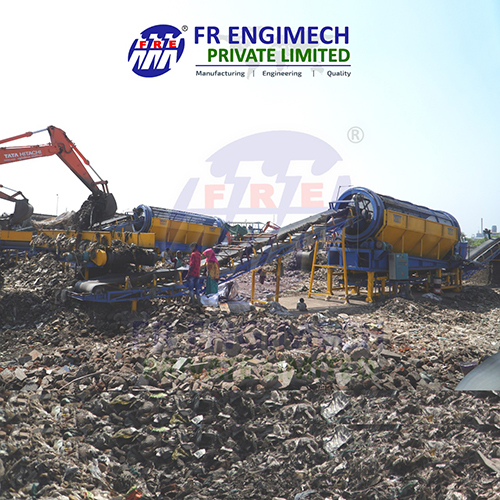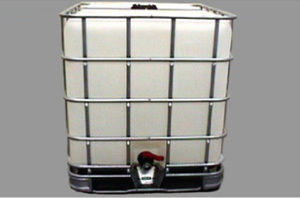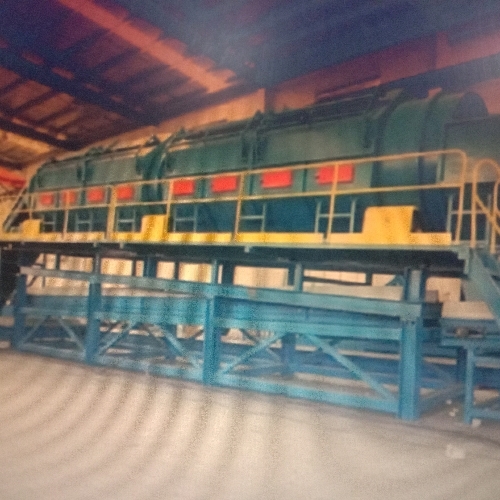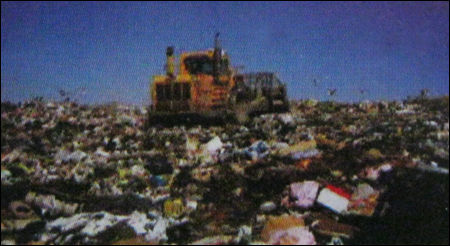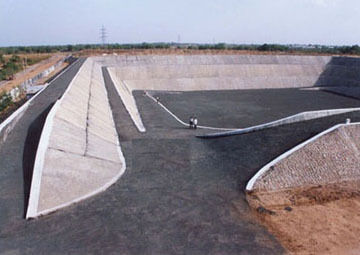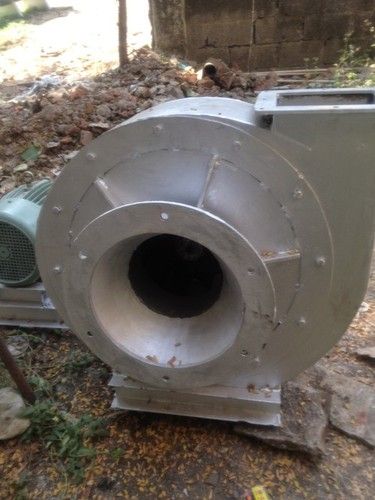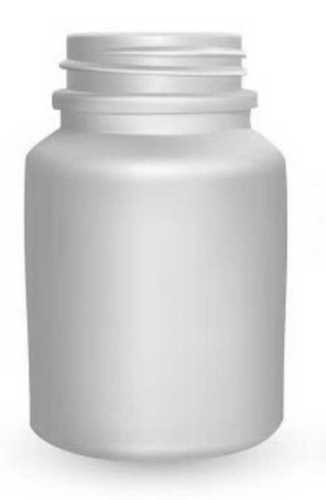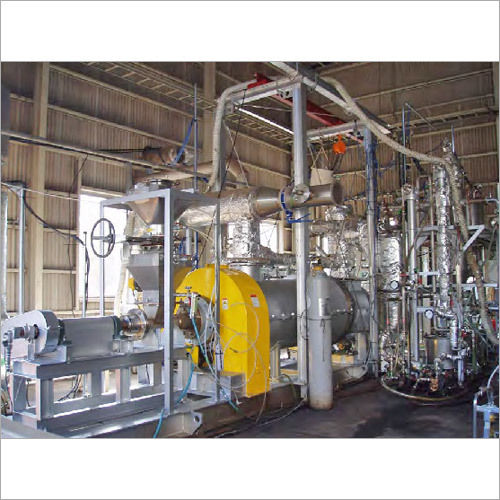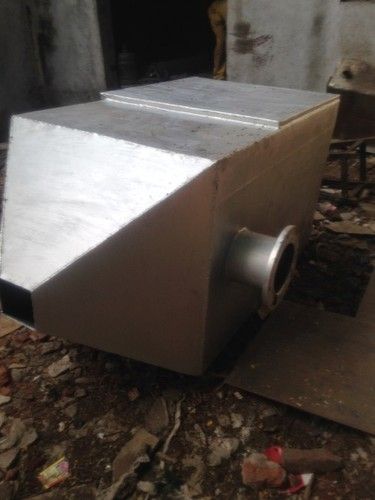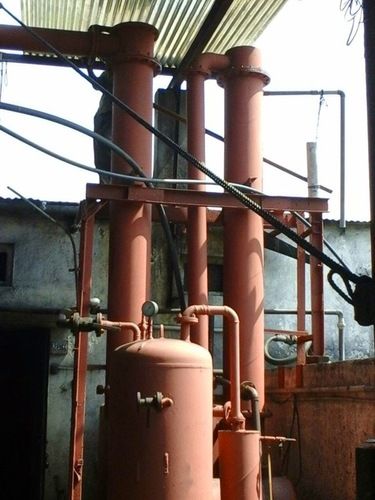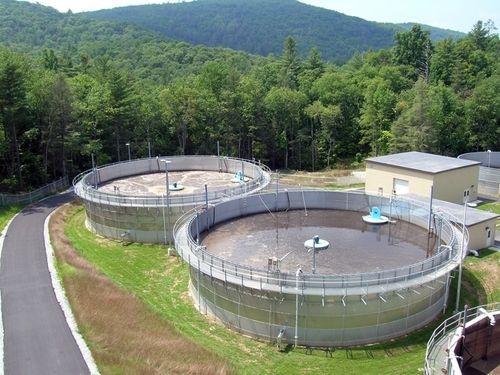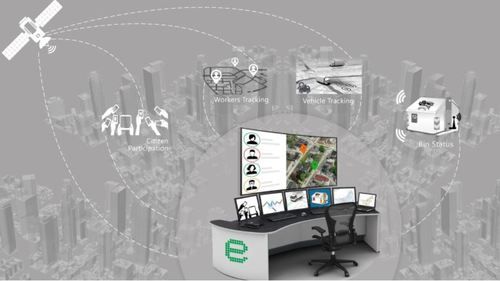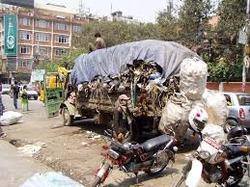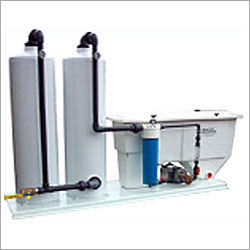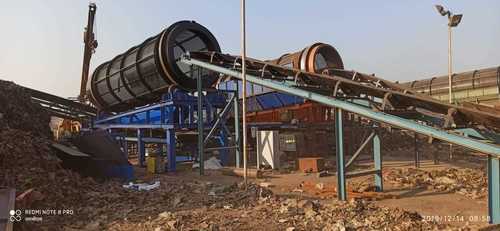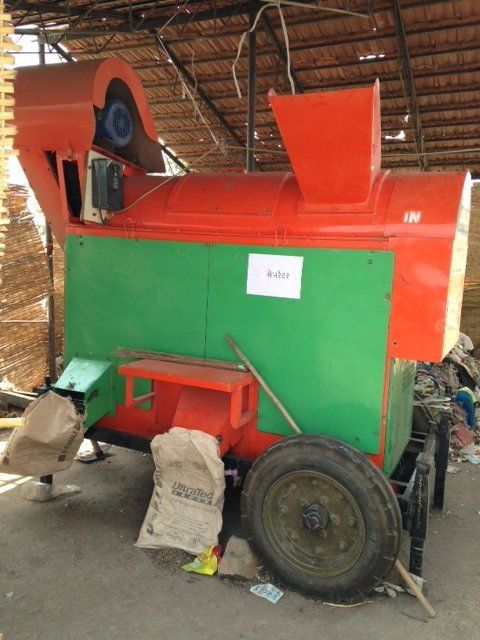
Solid Waste Management - Comprehensive Resource Recovery System | Efficient Recycling, Organic Waste Composting, And Secure Disposal Solutions
Price:
Get Latest Price
In Stock
Product Specifications
| Product Type | Waste Processor |
| Dominant Color | Red |
| Power Source | Electric |
| Capacity | Variable |
| Dimensions | 1.5m x 1m x 2m |
| Weight | 500kg |
| Material | Steel |
| Usage | Processes dry municipal solid waste into compost and recyclable materials. |
| Compliance | Local Standards |
| Features | Waste reduction, Resource recovery, Composting, Recycling, Environmentally friendly |
Product Overview
Key Features
CONVERTING DRY MUNICIPAL
SOLID WASTE INTO
A RESOURCE
INTRODUCTION
Different activities may generate waste which may be solid or liquid. The quality of both solid and liquid wastes are increasing and if the wastes are disposed in an uncontrolled manner these may cause adverse impact on public health and environment. Hence these wastes need to be managed efficiently so as to safeguard public health and environment. In definitional terms, solid and liquid waste management is the collection, transportation, processing, recycling, treatment and disposal of waste materials.
In order to improve the quality of life of rural population water supply and environmental sanitation need to be improved. Both solid and liquid waste management (SLWM) come under environmental sanitation. SLWM is one of the seven key components of any sanitation initiatives which is rightly emphasized and focused in the Government of Indias flagship programme of Total Sanitation Campaign (TSC).
2.0. Solid Waste Management.
The objective of rural solid waste management is to collect waste at the source of generation, recovery of recyclable materials for recycling, conversion of organic waste to compost and secured disposal of remaining waste.
2.1 Characteristics
Solid waste consists of organic and inorganic waste materials produced by households, commercial and institutional establishments that have no-economic value to the owner. The inorganic wastes are of two types:
recyclable and non-recyclable. General characteristic of solid wastes may be as follows:
Garbage
Ash/ Earth
Paper /Cardboard box
Plastic / PVC/ HDPE
Rags / Cotton / Cloth
Rubber
Glass
Leather
Earthenware
Ceramics
Wood
Hay / Straw /Thermocol
Leaves
Metals.
2.2. Generation :
Generation of solid waste in rural areas ranges between 50 gm/cap /day and 250 gm / cap / day as mentioned below:
Rural (Peri-urban or Urban outgrowth) 150 to 250 gm / cap / day.
Rural (Remote /Tribal) 50 to 150 gm / cap / day.
2.3 Facets of RSWM
The following are the facets of RSWM
Household segregation (organic and inorganic: Recyclables / Non recyclables.)
Household Storage (In plastic containers)
Containerized collection (House to house)
Transportation (Pedal Tricycle / Handcart / other types)
Transfer or recyclables / recycling
Treatment and disposal.
2.4 Recycling of waste
Inorganic recyclable solid wastes are to be collected separately from residential houses through sensitization and motivation. Recyclable items would be sold to generate fund. Even some items could be recycled in the village through motivated self-help group i.e. recycling of paper to develop home decorative items. It has been estimated that Rs.1/- per person per month could be generated by selling the recyclable materials.
2.5 Conversion of organic waste to compost.
Composting is one of the options for treatment of solid waste. In composting process, the organic matter breaks down under bacterial action resulting in the formation of humas like material called compost. The process can be carried out aerobically or an-aerobically. Aerobic process is quicker and accordingly it is preferred.
Following are salient issues of windrow method of composting.
Aerobic process; to keep moisture content between 45 and 50%; regular fitting (every 6th days).
Average time requirement : 21 days.
Maturation time : 15 days (max).
Average Compost production : 50% or raw input
Pathogen free due to rise in temperature in windrows.
Aesthetically acceptable.
Average NPK: 3% of compost.
Average Application rate : 4MT/ha.
Affordable to farmers
Decentralised small plants preferred
Subsidy, if necessary, to be considered.
Environmental cost consideration.
2.5.1. Household level composting
Anaerobic process
At each household two manure pit / trench should be dug.
The size of the pit / trench will depend on the quantity of refuse to be disposed per day.
Each day the garbage, cattle dung, straw, plant and agricultural waste are placed in the pit / trench.
When the pit / trench is filled up, it is closed with earth cover.
Everyday after disposal of waste in pit / trench, little dry earth is to be spread to prevent fly breeding and also odour problem.
In 5-6 months time, the waste is converted into organic manure.
Sale value of compost Rs.2000/- per MT i.e. Rs.44/cap/yr.
2.5.2. Vermi Composting.
Vermi composting involves the stabilization of organic solid waste through earth worm consumption which converts the material into worm castings.
Vermi composting is the results of combine activity of micro organism and earthworms.
Vermi compost unit can be developed at household level. It may require only 2 sq.meter area per family.
Vermi composting unit can be developed at community level.
Easy to operate and maintained.
3.0 Secured Land filling.
The non-recyclable inorganic waste could be disposed by secured land filling operation. The salient components of disposal of solid waste in secured land fill site are as follows:
Filling of law yield land
No risk of ground water and surface water pollution.
Compaction of fill
Earth cover after filling
Land reclamation
Landscape development
Use of land for horticulture , playground, recreational park etc.
Company Details
Business Type
Exporter, Importer, Manufacturer, Supplier, Trading Company
Employee Count
25
Establishment
2008
Working Days
Monday To Sunday
GST NO
24AACFZ5288R1Z8
Payment Mode
Online Payments (NEFT/RTGS/IMPS)
Related Products
Explore Related Categories
More Product From This seller
Seller Details

GST - 24AACFZ5288R1Z8
Surat, Gujarat
Proprietor
Mr Dharmesh Damdu
Address
No. A-501, Karadva Village, Dindoli, Udhana, Surat, Gujarat, 394210, India
solid waste management in Surat
Report incorrect details
